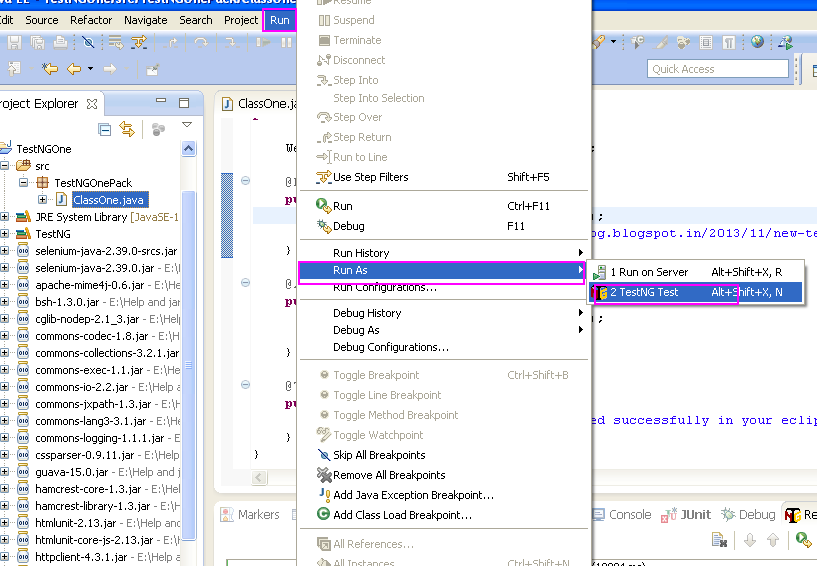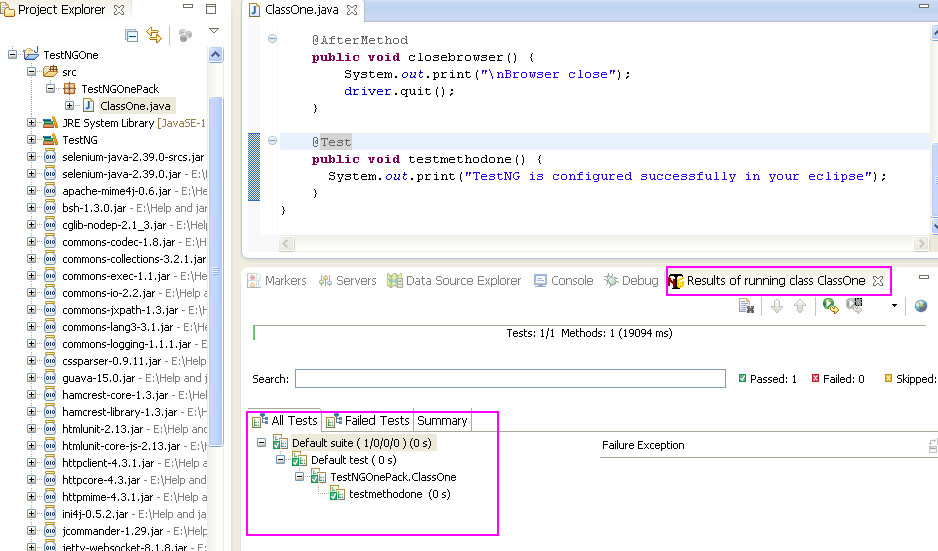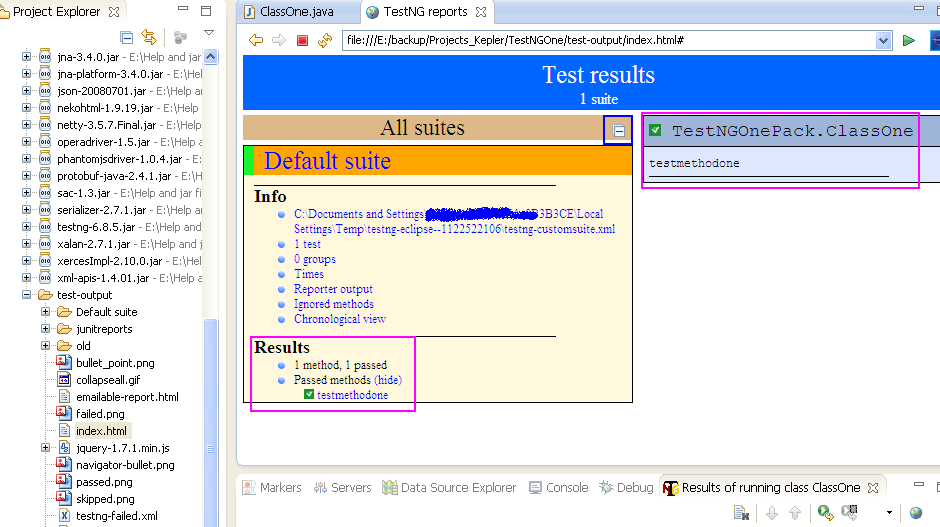So How to get any text is available in HTML Page Source Code using Selenium WebDriver.
Steps :
- Define Firefox Browser and open the Firefox Browser
- Open the URL (Website)
- Identify the number of Links on webpage and assign into Webelement List
- Count the total Link list on Web Page
- Print the total count of links on webpage
- Identify all the elements on web page
- Count the total all element on web page
- Print the total count of all element on webpage
- Print all the Tag Name and Text Name on webpage.
Practice Yourself :
package dayOne;
import java.util.List;
import org.openqa.selenium.By;
import org.openqa.selenium.WebDriver;
import org.openqa.selenium.WebElement;
import org.openqa.selenium.firefox.FirefoxDriver;
public class Count_Total_Weblink_and_AllElement_on_Webpage {
public static void main(String[] args) {
//Define the Webdriver for Browser i.e. Firefox
WebDriver driver = new FirefoxDriver();
//Open the URL (Website)
driver.get("http://yahoo.com");
//Identify the number of Link on webpage and assign into Webelement List
List<WebElement> allLinkElements = driver.findElements(By.xpath("//a"));
// Count the total Link list on Web Page
int linkListCount = allLinkElements.size();
//Print the total count of links on webpage
System.out.println("Total Number of link count on webpage = " + linkListCount);
//Identify all the elements on web page
List<WebElement> allElements = driver.findElements(By.xpath("//*"));
//Count the total all element on web page
linkListCount = allElements.size();
//Print the total count of all element on webpage
System.out.println("Total Number of All Element on webpage = " + linkListCount);
//Print all the Tag Name and Text Name on webpage
int i = 0;
for (WebElement Element : allElements) {
i = i +1;
System.out.println(Element.getTagName());
System.out.println(Element.getText());
}
int i = 0;
for (WebElement Element : allElements) {
i = i +1;
System.out.println(Element.getTagName());
System.out.println(Element.getText());
}
//Close the Broswer
driver.close();
// Quit the selenium
driver.quit();
}
}





















